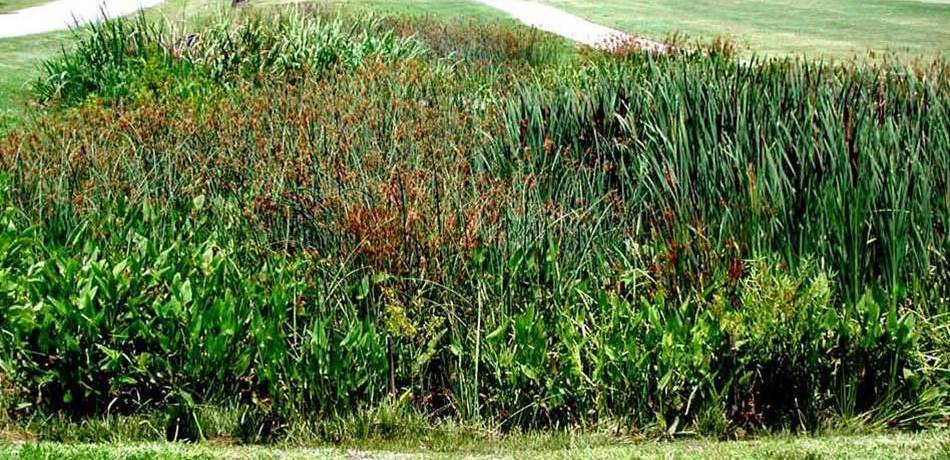
The word means different things to different people.
In general, wetlands describe a variety of areas where plants and animals suited to wet environments can be found. They are among the richest and biologically most productive habitats on the planet.
In the United States alone they support about 5,000 plant species and about one third of all bird species. About half to two thirds of America's wild ducks are hatched in the prairie pothole marshes of North Dakota, South Dakota, Minnesota and Iowa.
They provide critical habitat for about half the fish, one third of the birds, one fourth of the plants and one sixth of the mammals on threatened and endangered species lists.
Most organizations and government agencies define them, in part, by the presence of "Hydric" soils. Such soils lack air pockets, which have been replaced by water.
This is part of a definition of wetlands most agencies accept, along with the presence of water at or near the surface (since not all wetlands are wet) and the presence or evidence of hydrophic (or water-loving) vegetation, said Michael Whited of the USDA's Natural Resources Conservation Service (NRCS).
"If you think of hydric soils as a jar full of marbles, the space the air normally occupies around the marbles would be filled by water," said soil and wetlands scientist Whited.
"Hydric soils tend to be very grey in color and will often contain layers of organic material, such as peat. They are very fertile soils," he added.
The wording of government definitions of wetlands often varies, but most agencies are in general agreement on what they are.
Here are some official definitions:
U.S. Environmental Protection Agency and Army Corps of Engineers
Those areas that are inundated or saturated by surface water or groundwater at frequency and duration sufficient to support, and that under normal circumstances do support, a prevalence of vegetation typically adapted for life in saturated soil conditions. Wetlands generally include swamps, marshes, bogs and similar areas.
U.S. Department of Agriculture, Natural Resources Conservation Service
Areas that have a predominance of hydric soils and that are inundated or saturated by surface water or groundwater at a frequency and duration sufficient to support and under normal circumstances do support, a prevalence of hydrophytic vegetation typically adapted for life in saturated soil conditions.
U.S. Fish and Wildlife Service
Wetlands are lands transitional between terrestrial and aquatic systems where the water table is usually at or near the surface or the land is covered by shallow water. For purposes of this classification wetlands must have one or more of the following attributes:
- At least periodically, the land supports predominantly hydrophytes
- Substrate is predominantly undrained hydric soil, and
- Substrate is nonsoil and is saturated with water or covered by shallow water at some time during the growing season of each year.
Did You Know?
Nebraska has lost more than one third of its wetlands in the last 125 years. At the time of statehood in 1867, Nebraska had an estimated 2.9 million acres of wetlands, which covered about six percent of the state, according to T.E. Dahl of the U.S. Department of the Interior, Fish and Wildlife Service.
Resource
Web sites with useful wetlands information.
Sign up for updates from UNL Water